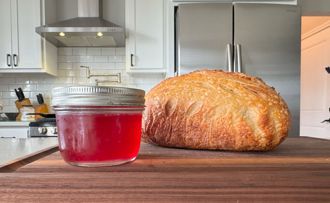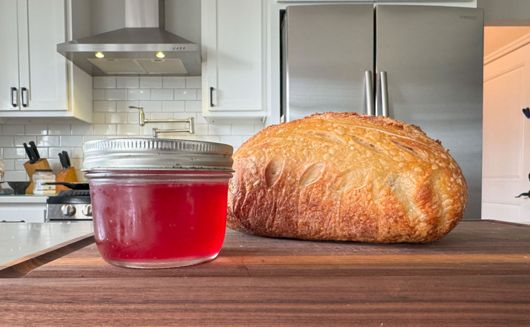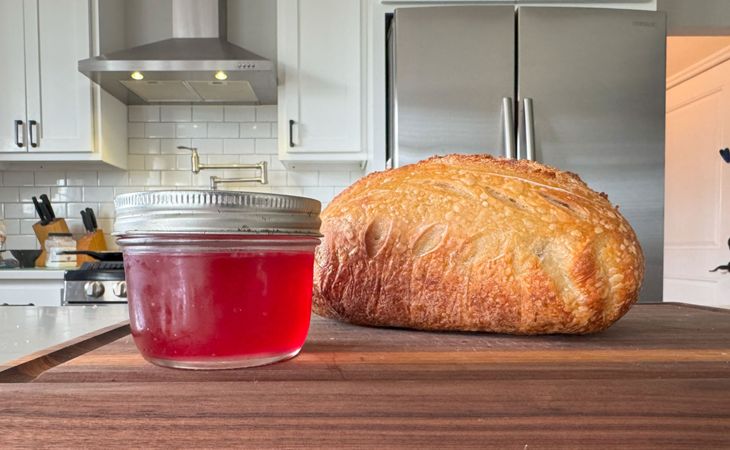Pest & Disease Control for Olive Trees
Every tree has the future potential for disease and insect damage. Factors such as location and weather will play a part in which issues your tree encounters. If available, disease-resistant trees are the best option for easy care; and for all trees, proper maintenance (such as watering, fertilizing, pruning, spraying, weeding, and fall cleanup) can help keep most insects and diseases at bay.
NOTE: This is part 7 in a series of 11 articles. For a complete background on how to grow olive trees, we recommend starting from the beginning.
Olive Fruit Fly
Small dark brown with clear wings containing dark veins and small dark spot at the wing tip. Larvae are yellowish white maggots with a pointed head.
Natural Control
- Traps
- Remove and destroy all fruit (on tree and ground)
Other Control Options
- Consult County Extension Agent
Nematodes
Small worms like insects causing swollen or knotted roots with above ground symptoms, yellowing, wilting, stunting and reduced yield.
Control
- Consult County Extension Agent
Scale
Usually on bark of young twigs and branches, encrusted with small (1/16”) hard, circular, scaly raised bumps with yellow centers, may also be on fruit. Sap feeding weakens the tree.
Control
- Consult County Extension Agent
Mites
Pinpoint size, many different colors. Found on undersides of leaves. Sap feeding causes bronzing of leaves. Severe infestations have some silken webbing.
Control
- Consult County Extension Agent
Leaf Spot
Appears as black or brown spots on underside of leaves. Often the center falls out leaving a hole with a red halo. Leaves may turn yellow and fall. Fruit will also get spots, sunken areas and cracks.
Control
- Consult County Extension Agent
Verticillium Wilt
Infected areas will have yellowing foliage, slowed growth, large seed production and death of branches. New canes will often wilt.Control
- Destroy infected plants.
- Use plants resistant to the disease.
Other Control Options
- Consult County Extension Agent












